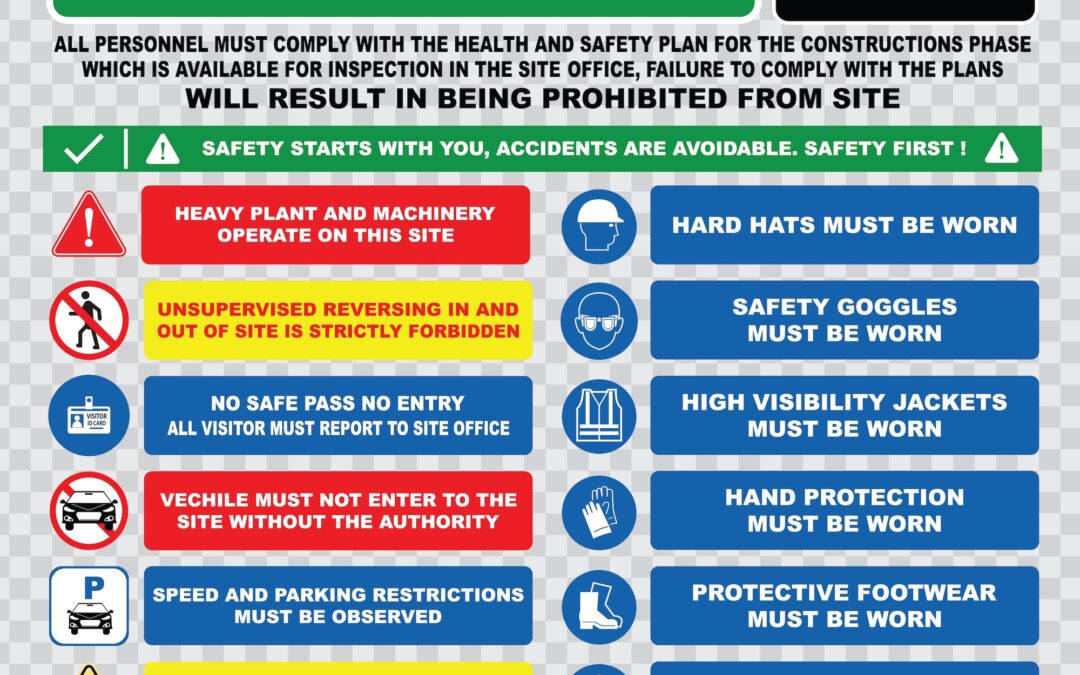There is no doubt that hazards are present in the workplace. Power tools, electrical components, machinery, heavy equipment, and climbing apparatus are some of the many hazards workers are confronted with on a daily basis on the job. OSHA has developed guidelines for signs, labels, and tags that identify hazards that can result in injury to workers or damage to property. These guidelines are stated in OSHA standard 29 CFR 1910.145. The standard explains when the signs, labels, and tags are to be used, and the requirements for color, design, and classification of signs. The OSHA standard, along with the ANSI Z535 industry standard for safety signage, communicates to employees the workplace hazards, and warns them of necessary precautions that should be taken to avoid injury. This corresponds with the international ISO 3864 standard, and specifies that all employees should receive training and be instructed to follow industry-specific standards and guidelines while on the job.
Discussion Points:
• OSHA guidelines for signs, labels, and tags that identify hazards in the workplace
• All employees should receive training and be instructed to follow industry specific standards
• The purpose and benefits of signs, labels, and tags
• The use of signal words, symbols, and pictograms
Discussion:
The main purpose of signs, labels, and tags is to inform workers about restrictions associated with machinery, equipment, and job tasks. The basic messages communicated should include: the nature, degree, and consequence of the hazard, and how to avoid the hazard. Safety signs include a safety message to indicate caution, warning, and danger, including accident prevention tags and signal words such as “Caution”, “Danger”, “High Voltage”, and “Do Not Use”, which should be in large print to be seen at a minimum distance of five feet. Tags may also include symbols and pictograms, alone or in combination with text to communicate the hazards. Safety tags can be used as temporary warnings to identify hazardous conditions or equipment such as defects to tools or equipment as in lockout-tagout of equipment that should not be in service.
There are several benefits to using safety signs in the workplace which include: promoting safety, decreasing the probability of workplace accidents, increasing the level of performance, and protecting manufacturers and other responsible parties from potential liability issues. The most important factor is to keep employees informed about the various signage used throughout the workplace, including the meaning of the tags and symbols, and to keep the facility compliant with safety regulations.
As always, stay safe out there!


Recent Comments